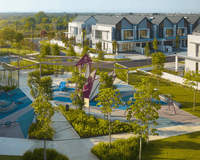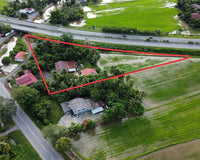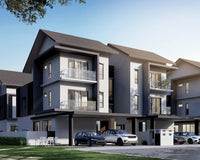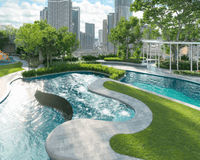When it comes to building houses, there are many materials to choose from. One material that is gaining popularity in the construction industry is precast concrete. This innovative building material offers a range of benefits that make it a game-changer in the world of housing.
What is precast concrete?
Precast concrete is a construction product that is made by casting concrete in a reusable mold or form. The concrete is then cured in a controlled environment, typically a factory, before being transported to the construction site. This method allows for the production of high-quality, standardized building components that can be easily assembled on-site.
Why is precast concrete revolutionizing housing?
There are several reasons why precast concrete is revolutionizing the housing industry:
1. Speed of construction
Precast concrete components can be manufactured in a factory while site preparation is underway. This parallel construction process significantly reduces the overall construction time. In fact, studies have shown that precast concrete construction can be up to 50% faster than traditional construction methods.
2. Cost-effectiveness
While the initial cost of precast concrete components may be slightly higher than traditional building materials, the long-term cost savings are substantial. Precast concrete offers superior durability and requires minimal maintenance, resulting in lower repair and replacement costs over the lifespan of the building.
3. Quality and consistency
Precast concrete components are manufactured in a controlled environment, ensuring consistent quality and precision. The use of standardized molds and forms eliminates variations in size, shape, and finish, resulting in a higher quality end product.
4. Energy efficiency
Precast concrete has excellent thermal insulation properties, which can significantly reduce heating and cooling costs. The thermal mass of the concrete absorbs and stores heat, helping to regulate indoor temperatures and reduce energy consumption.
5. Sustainability
Precast concrete is an environmentally friendly building material. The production process generates less waste compared to traditional construction methods, and the components can be recycled at the end of their lifespan. Additionally, the thermal efficiency of precast concrete reduces the energy demand of buildings, resulting in lower carbon emissions.
Conclusion
Precast concrete is revolutionizing the housing industry with its speed of construction, cost-effectiveness, quality and consistency, energy efficiency, and sustainability. As more builders and developers recognize the benefits of this innovative material, we can expect to see a shift towards precast concrete in the construction of residential buildings. With its numerous advantages, precast concrete is paving the way for a more efficient, durable, and sustainable future of housing.









